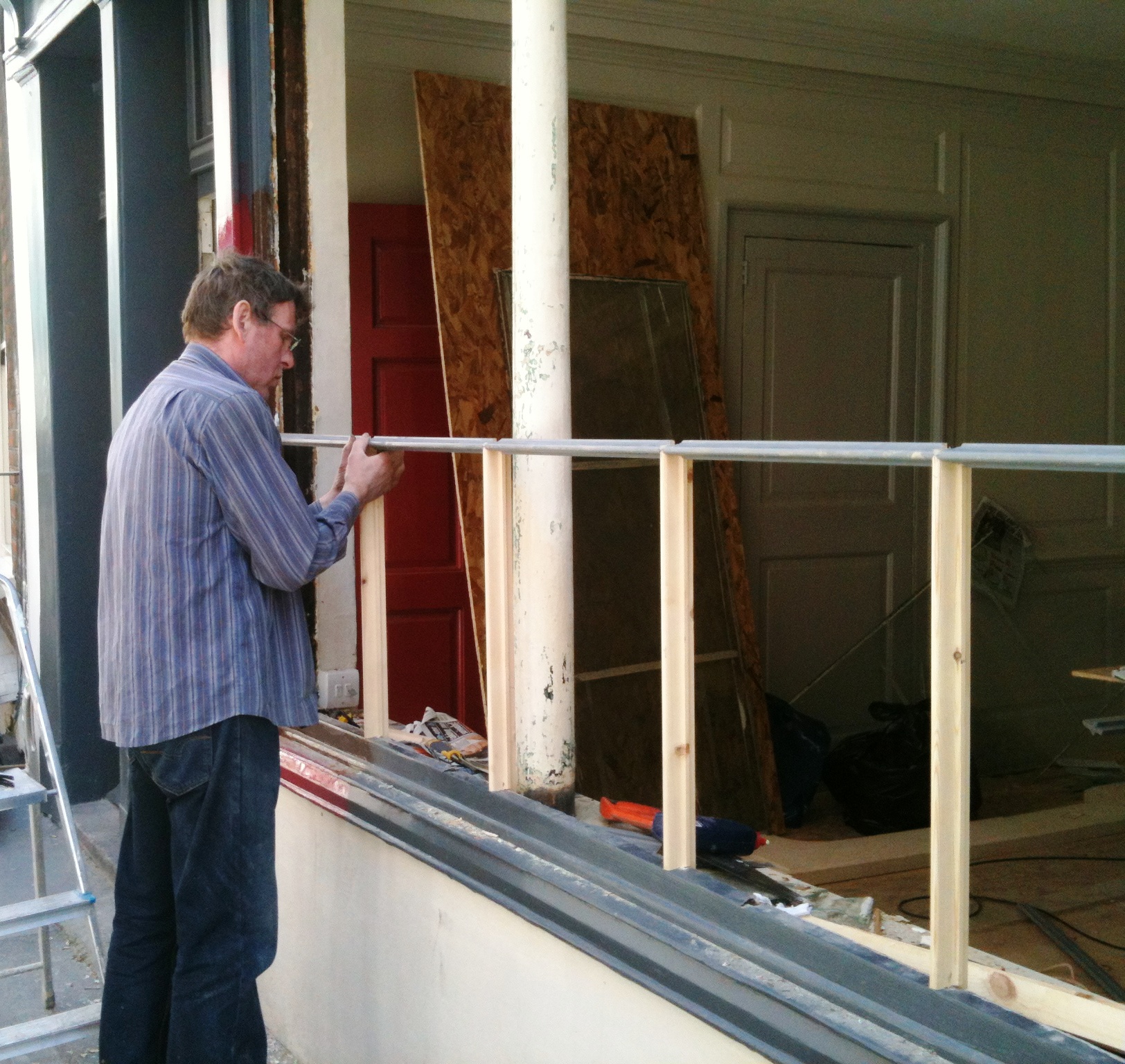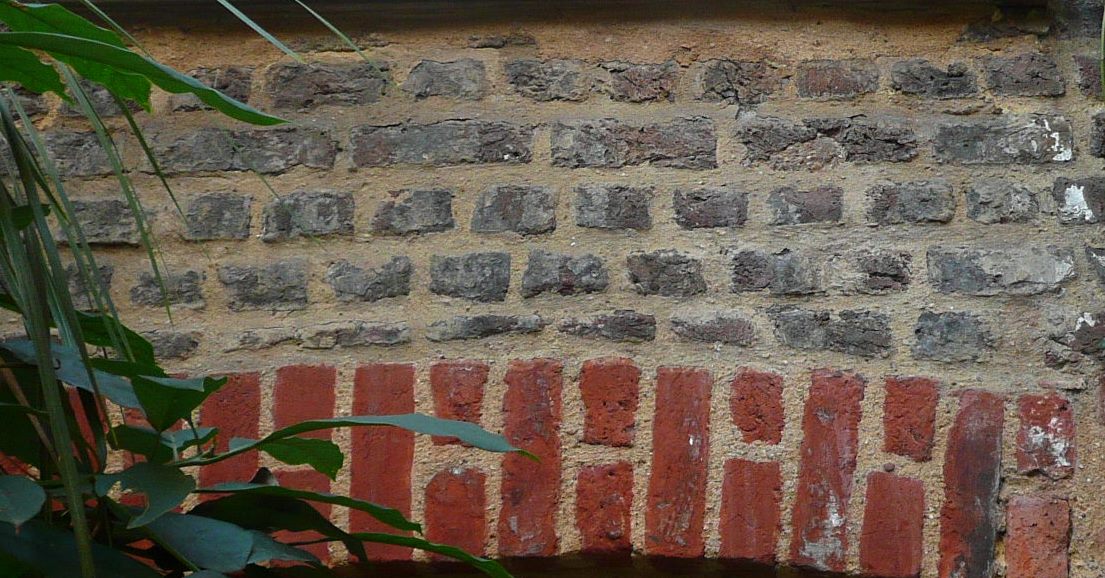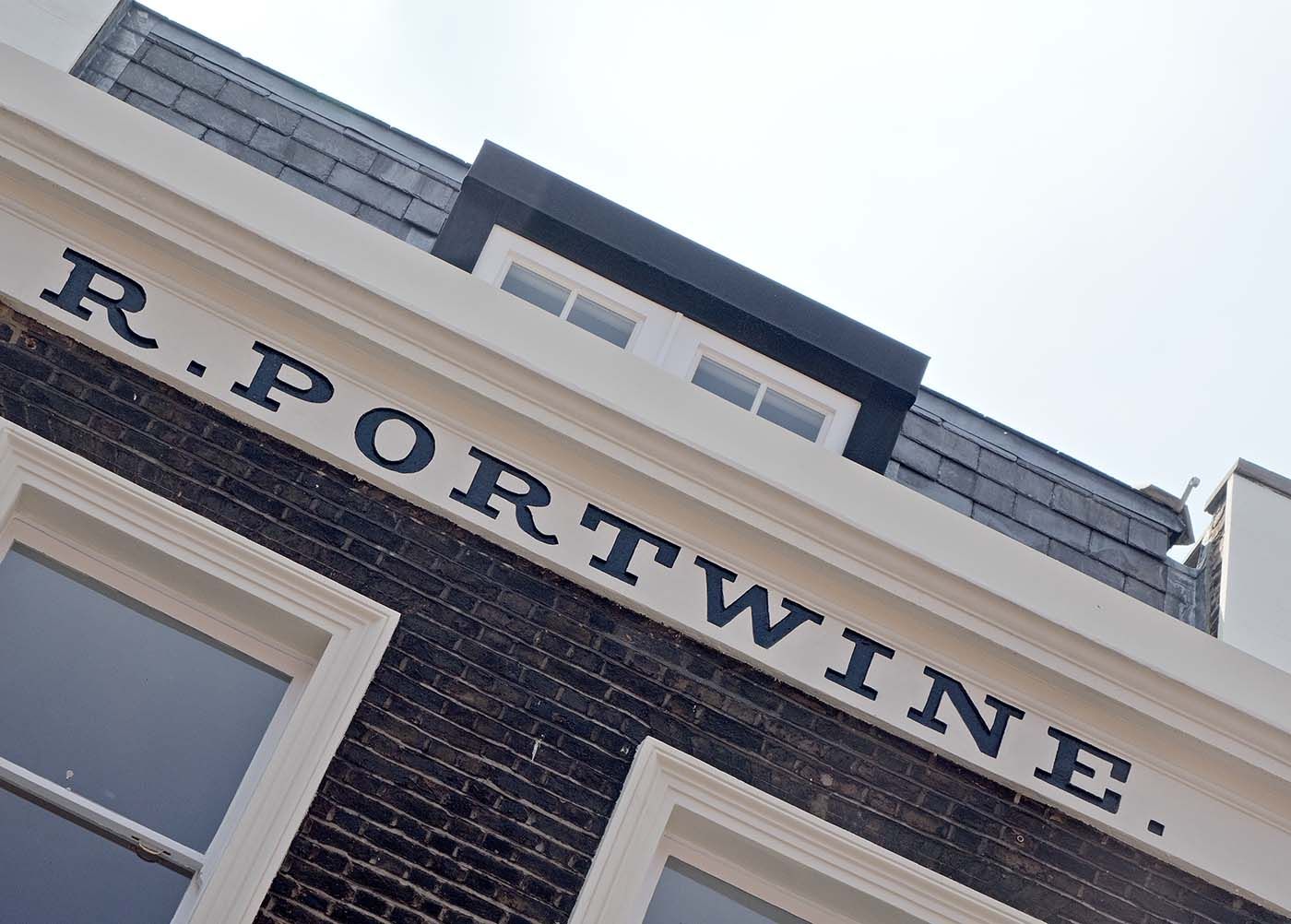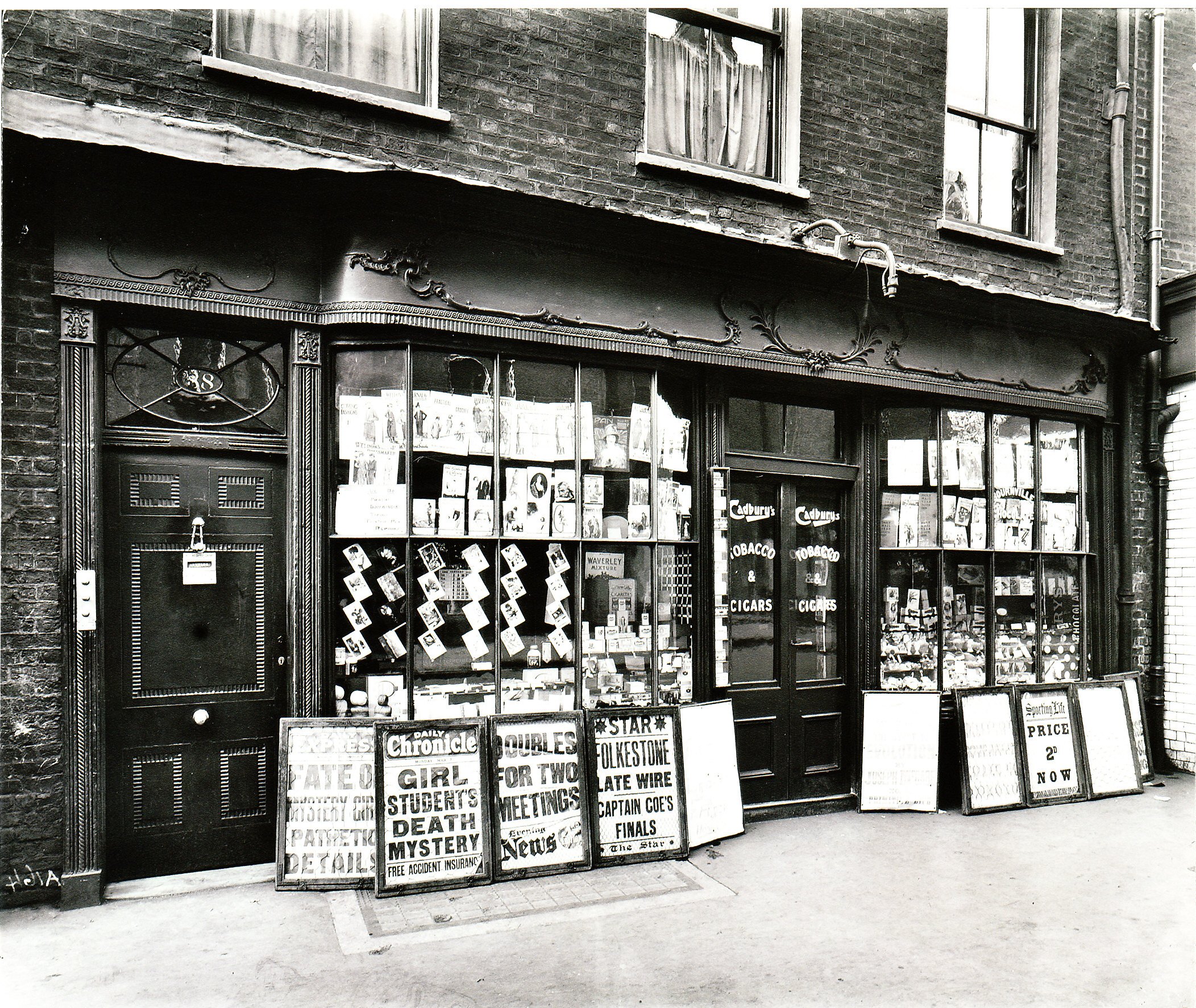This section comprises a series of specifications with advice for the treatment of key elements of the buildings in the study area, such as brickwork, shopfronts, door and window joinery, signs and paintwork, set out A-Z. There are links to more detailed information where available.

Introduction
The treatment of small details can have a serious effect on the overall appearance of the building elevations and streets which make up the conservation areas. Care is needed to achieve historically accurate results which contribute positively to the appearance and vitality of each street.

Routine Maintenance
It is not enough to protect an historic building from demolition or unsuitable alteration. They need a sustained programme of continuous care to protect the integrity of roofs, walls and windows.

Brickwork
There are many fine brick frontages in the two conservation areas and it is important they be properly maintained and, where possible, enhanced.

Doors and Windows
Every effort should be made to keep and repair old joinery, because it has characteristics that are almost impossible to reproduce and the timber is of a far higher quality than any reproduction can be.

Paintwork
Painting of walls, ironwork, and timber can be both attractive and necessary to conserve historic fabric. This section contains guidance on historic colours, types of paint, and what should and should not be painted.

Shopfronts
The Seven Dials area contains one of the highest concentrations of historic shopfronts in London. They are one of the defining characteristics of the area and their conservation is therefore of very high importance.

Bibliography
Sources for the information contained in this section.